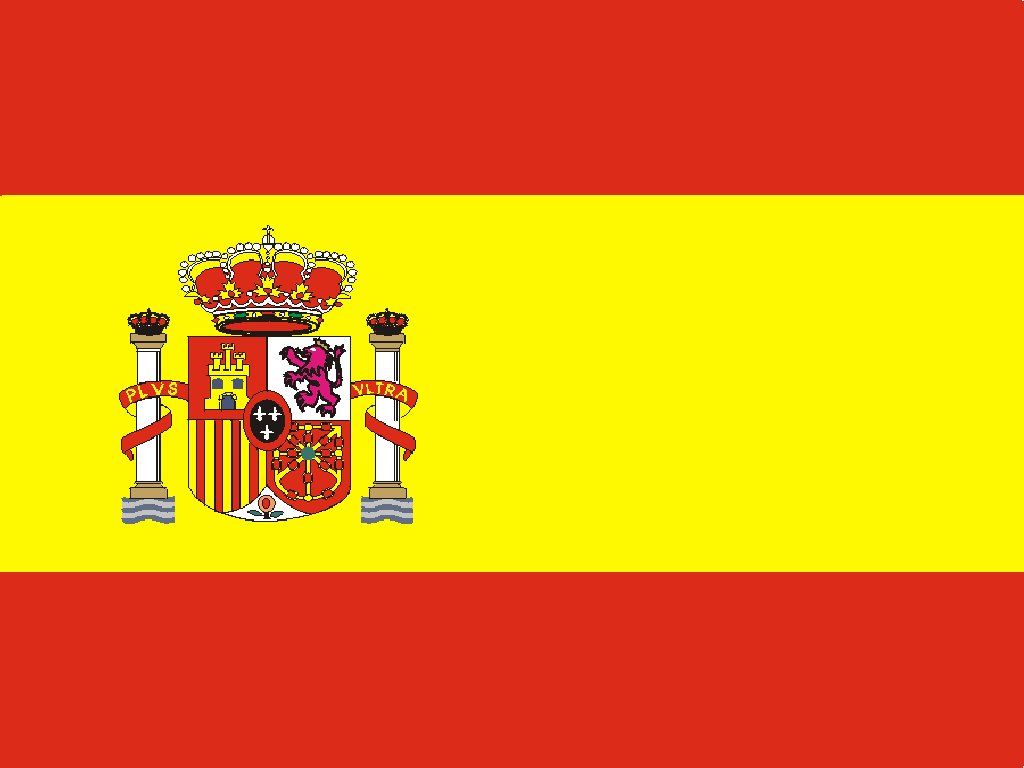The methanol market is deeply influenced by regional dynamics, with production, consumption, and regulatory frameworks varying significantly across the globe. Each region contributes uniquely to the global methanol landscape, driven by resource availability, industrial demand, and energy policies.
Asia-Pacific dominates the global methanol market, accounting for the largest share of production and consumption. China, in particular, leads with its vast coal-to-methanol infrastructure and robust demand for methanol-based fuels and chemicals. The country has integrated methanol into its transportation system, with methanol-powered vehicles gaining acceptance. Methanol-to-olefins (MTO) plants in China also play a central role, converting methanol into ethylene and propylene used for plastics and packaging industries. India, too, is exploring methanol for energy applications as part of its strategy to reduce crude oil imports.
In North America, abundant natural gas reserves underpin the region’s methanol production. The United States and Canada benefit from low-cost feedstocks, making them competitive suppliers in the global market. North America’s focus also extends to renewable methanol projects, aligning with broader climate goals and energy transition strategies.
Europe’s methanol market is shaped by strict environmental regulations and its commitment to reducing carbon emissions. Renewable methanol projects are expanding rapidly, with companies investing in technologies that utilize biomass, industrial waste gases, and captured CO₂. The European Union’s support for green fuels and carbon-neutral initiatives further strengthens the outlook for renewable methanol.
The Middle East has emerged as another key player, leveraging its vast natural gas reserves to support methanol production. Countries like Saudi Arabia, Iran, and Qatar are significant exporters, serving both Asian and European markets. Their strategic geographical location enhances their role in global methanol trade.
Latin America and Africa, while smaller markets, present growth opportunities. Brazil’s bioenergy expertise positions it well for renewable methanol production, while South Africa has historically relied on coal-to-methanol processes. With growing industrialization, these regions could expand their roles in the global methanol market.
Regional insights reveal a complex but interconnected methanol market, where different drivers shape growth. While Asia-Pacific leads in consumption, Europe champions sustainability, and North America leverages cost advantages. Together, these dynamics create a global market that continues to expand while adapting to environmental and economic challenges.








Comments (0)